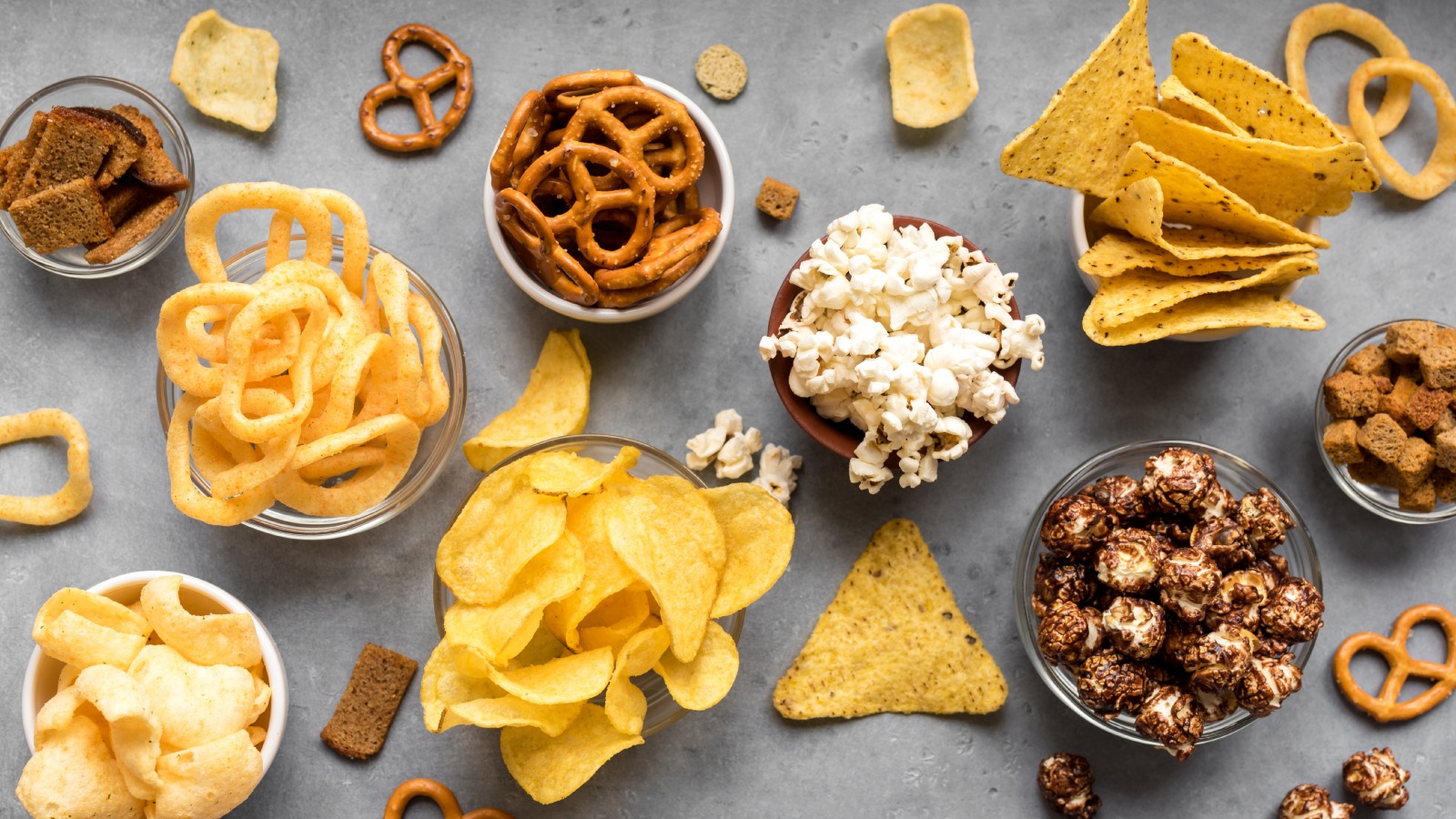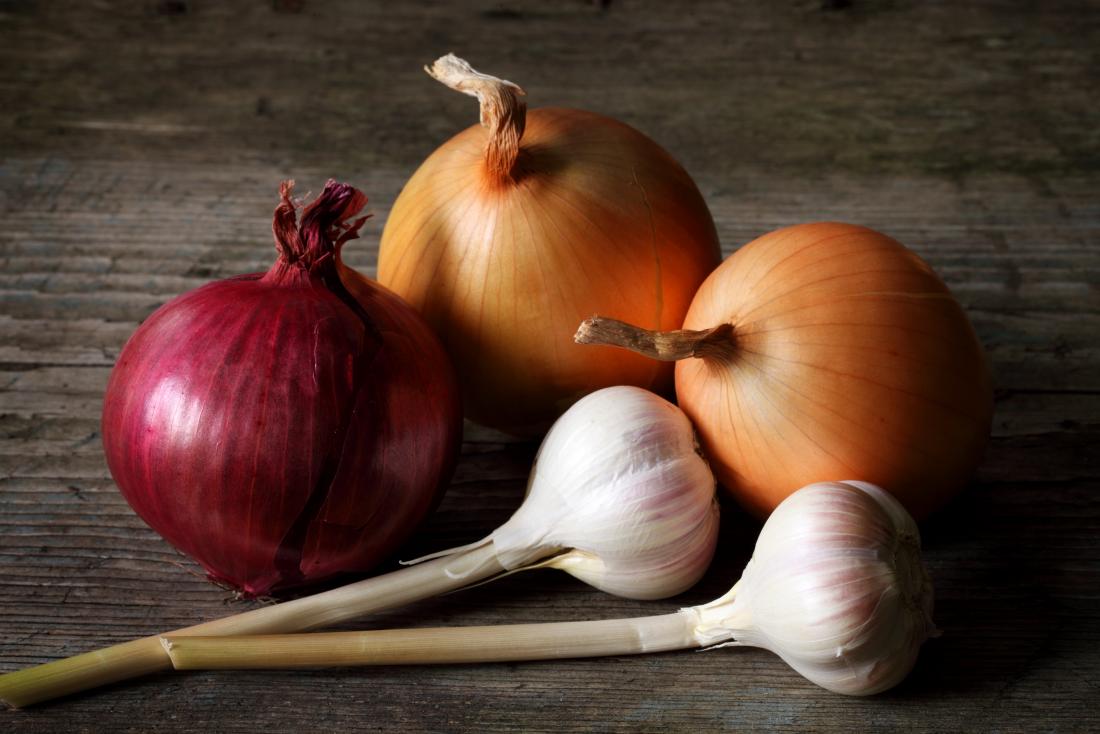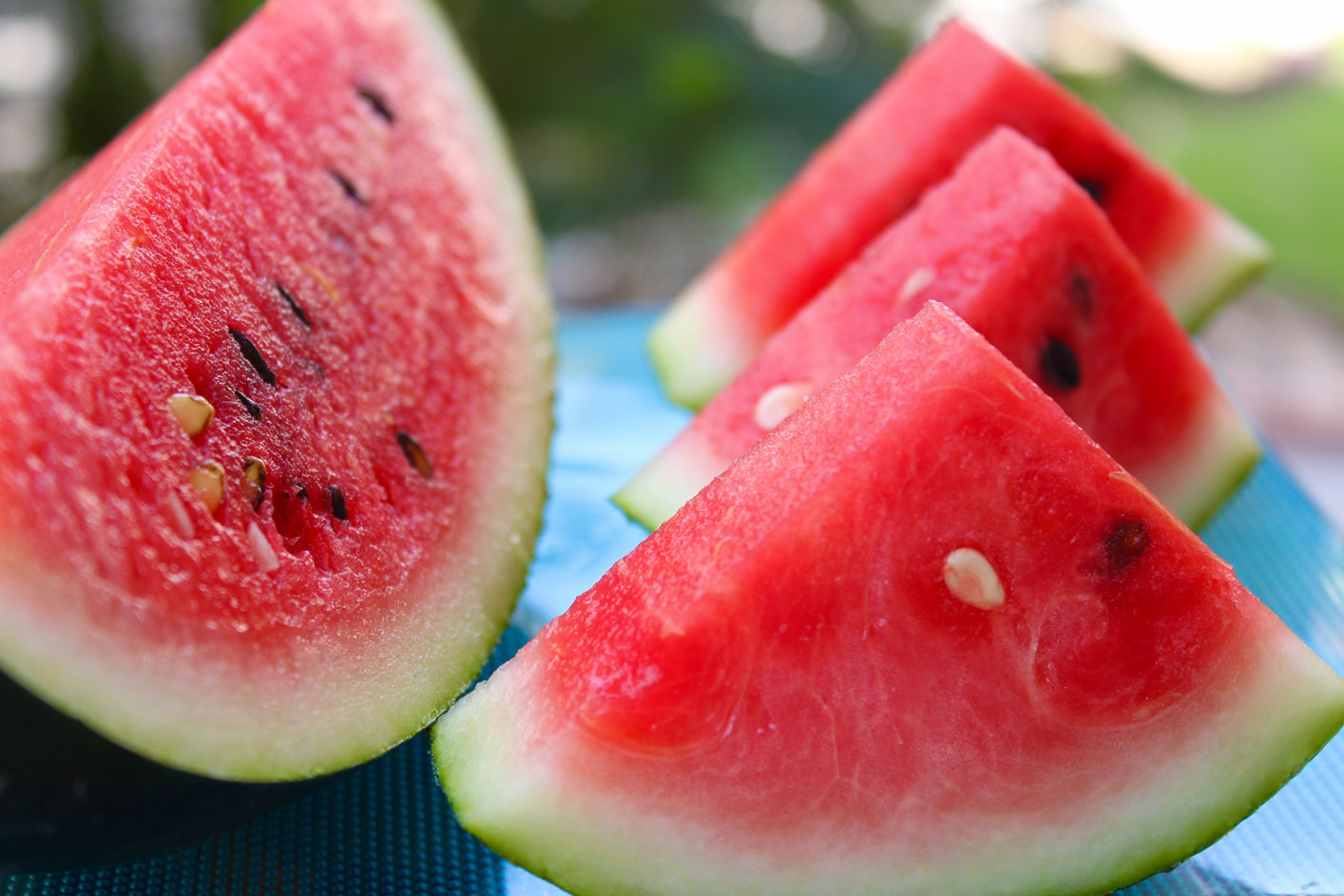Here’s what you need to know about the foods that may be causing or worsening your bloating.
Cruciferous Vegetables
Kale, broccoli, and cabbage are cruciferous vegetables and contain raffinose, a sugar that produces gas and makes you bloat.2 However, eating them more often may help in the long run.
“Consistently eating nutrient-rich, high-fiber foods leads to having a stronger, healthier digestive system that’s less prone to bloating,” said Cynthia Sass, RD, Health contributing nutrition editor. So you can keep eating green vegetables.
To help digestion, you can try steaming the vegetables: “Cooking any vegetable softens the fiber and shrinks the portion as some of the water cooks out, so it takes up less space in the GI [gastrointestinal] tract,” explained Sass.
It won’t eliminate or prevent bloating altogether, but it may make your veggies easier to digest.
Legumes

Beans—along with lentils, soybeans, and peas—are known as gas-causing foods. Although they contain more than enough protein, they also contain sugars and fibers your body can’t absorb. This leads to gas and bloating.3
Combine legumes with easily digestible whole grains, like rice or quinoa, and drink plenty of water. Your body will eventually get used to fiber-rich foods, which may reduce your symptoms.4
“If you eat fruits, veggies, nuts, whole grains, and beans often, they won’t bother you as much as if you eat them sporadically,” noted Sass.
Dairy

You may be lactose intolerant if you feel gassy after a few slices of cheese or a bowl of cereal with milk. People who are lactose intolerant lack the necessary enzymes to break down lactose (the sugar found in dairy products). When that occurs, it can cause gas to form in the gastrointestinal (GI) tract, which may trigger bloating.5
So before all that gas gets to you, steer clear of dairy products and opt for the many lactose-free or nondairy alternatives out there. You can also try lactase tablets like Lactaid, which help people digest foods that contain lactose.6
FODMAP Foods

Some foods pack a lot of carbohydrates, which can contribute to excess gas that causes your stomach to feel tight. That’s because your body cannot digest some of the carbohydrates found in those foods.7
Those carbohydrate foods are known as FODMAP foods. FODMAP stands for fermentable oligosaccharides, disaccharides, monosaccharides, and polyols. FODMAP foods have carbohydrates that your small intestine cannot entirely absorb. There, the undigested carbohydrates accumulate, pulling in excess gas and liquid—the culprits of bloating.7
Here are some examples of high-FODMAP foods:8
- Fruit such as apricots, cherries, and peaches
- Watermelon
- Artichokes
- Beets
- Onions
- Peas
Apples

High in fiber, apples contain fructose and sorbitol—sugars found in fruits that many people can’t tolerate, Sass said, which can lead to gas and the inevitable puffy feeling.9
However, apples are a great snack, so don’t give up on them altogether. “Eating apples specifically has been linked to a lower risk of heart disease and respiratory problems, including asthma, bronchitis, and emphysema,” explained Sass.
Salty Foods

Eating high-sodium foods can trigger water retention, which can balloon you up.10 Avoiding sodium isn’t as simple as not using the saltshaker. About 90% of Americans consume more sodium than is recommended. The recommended sodium amount is:11
- 2,300 milligrams per day for most adults
- 1,500 milligrams per day for adults aged 50 years or older and adults with diabetes and high blood pressure
Sodium sneaks into most processed and packaged foods, including soups, bread, and other surprisingly salty fast foods. That makes it difficult to avoid.
Check the nutrition labels for the level of sodium. When you end up eating a lot of salty food, you can drink a lot of water to help flush out the salt.
Foods That Contain Gluten

Some people who have celiac disease experience an autoimmune response (when the body’s immune system accidentally attacks itself) after eating gluten—a protein found in wheat, barley, and rye. Other people may have a non-celiac gluten sensitivity, meaning they are sensitive to gluten but don’t have celiac disease.12
People with celiac disease and people with gluten sensitivity can both experience digestive issues, including bloating.1312
Onions and Garlic

Onions and garlic are packed with soluble fibers called fructans. The body is not incredibly good at digesting foods containing fructans, which may lead to several digestive issues.14
Some people have a fructan intolerance. Like non-celiac gluten intolerance, when fructans ferment in the bowels, they attract water into the colon, which causes bloating and gas.14
Watermelon

Some fruits often cause bloating because of their high fructose contents. Fructose is a naturally occurring sugar that your body does not easily digest, sometimes causing excess gas. Watermelon is high in fructose—containing about 10 grams in just one slice.15
Some people may also have conditions like hereditary fructose intolerance or fructose malabsorption. Both of these conditions can cause bloating after ingesting fructose.16 Foods that have high fructose contents also further aggravate symptoms of IBS.17
Instead, try fruits that have low fructose content:181920
- One avocado has 0.1 grams of fructose
- One orange has about three grams of fructose
- One cup of blackberries contains about four grams of fructose
- Source: https://www.health.com








